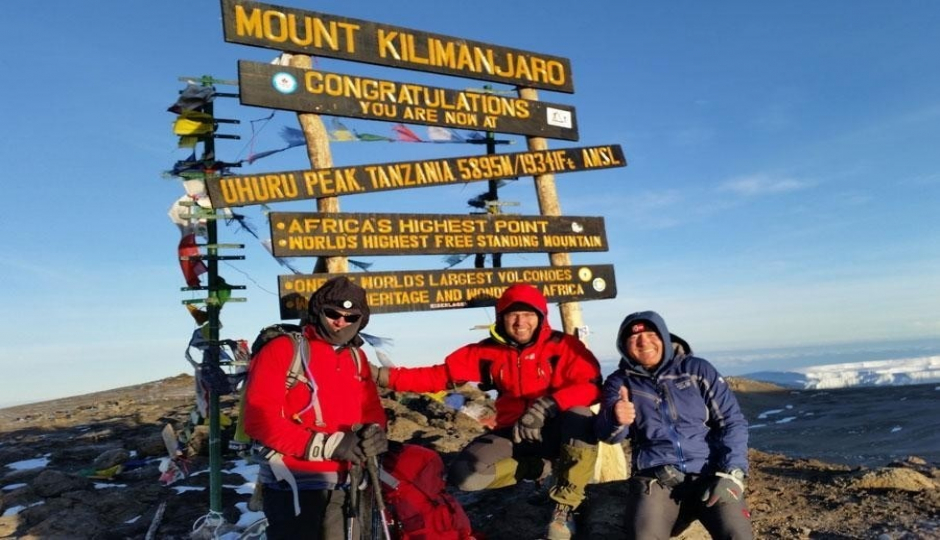
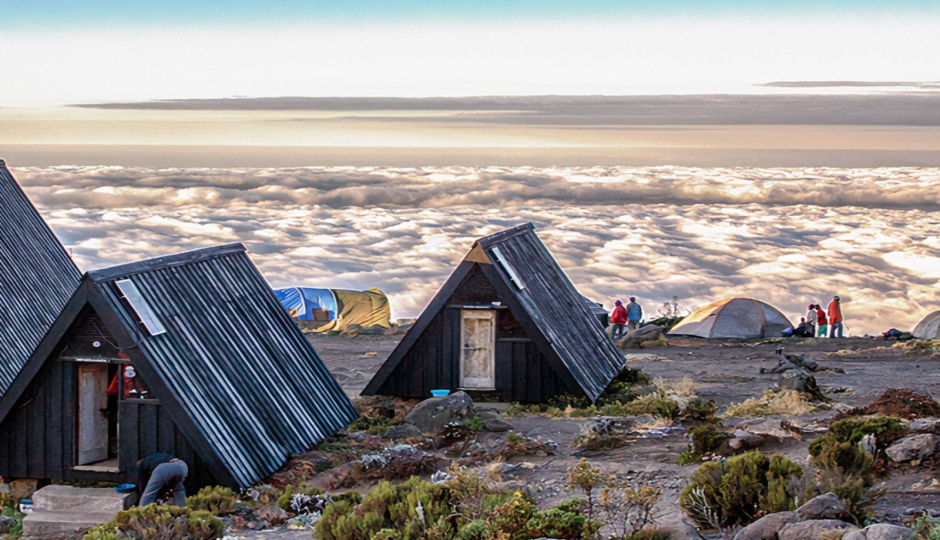
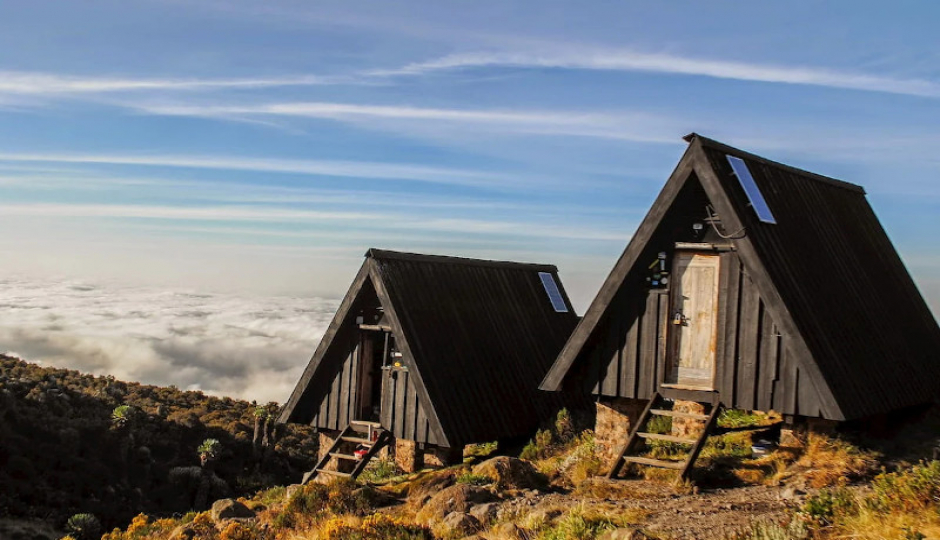
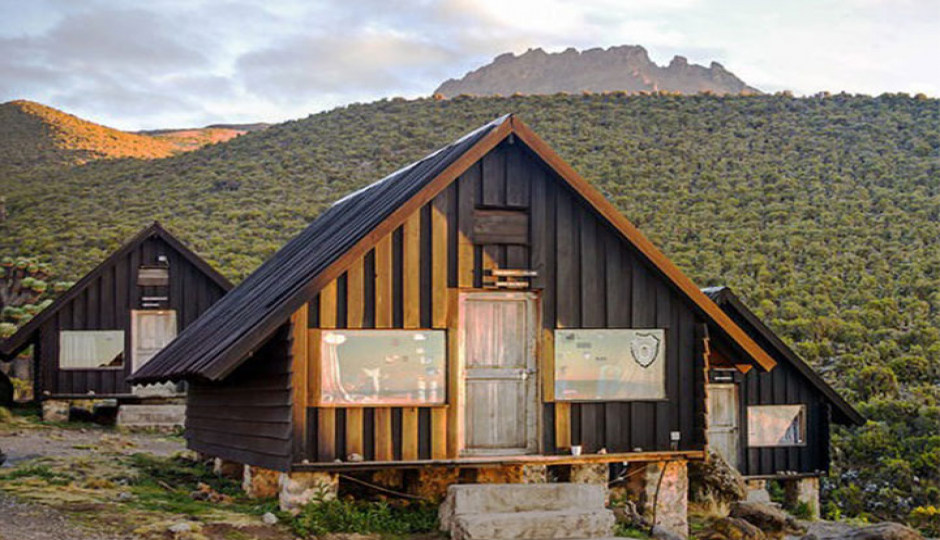




Mount Kilimanjaro, Africa’s tallest mountain, is a dream destination for adventurers and trekking enthusiasts worldwide. However, scaling its 5,895-meter peak is no easy feat. Proper preparation, mental resilience, and sound strategies are crucial for a successful summit. Whether you’re a seasoned trekker or a first-time climber, these tips will guide you to the Roof of Africa.
1. Select the Right Route
Choosing the best route for your climb is essential. Kilimanjaro offers several trekking paths, each with its unique challenges and rewards. Popular routes include:
2. Physical Preparation is Key
Kilimanjaro doesn’t require technical climbing skills, but it’s a physically demanding trek. Build endurance, strength, and stamina before your climb. Include:
3. Tackle Altitude Sickness
4. Gear Up Appropriately
The right gear can make or break your experience. Pack the following essentials:
5. Hire a Reputable Tour Operator
Your tour operator plays a significant role in your climb’s success. Look for a company with experienced guides, ethical practices, and excellent reviews. They should provide proper briefings, quality equipment, and nutritious meals. A reliable operator ensures safety, comfort, and a memorable experience.
6. Respect the Mountain and Environment
Kilimanjaro’s ecosystem is fragile, and it’s vital to protect it. Follow these guidelines:
7. Mental Preparation is Vital
A successful Kilimanjaro climb is as much a mental challenge as it is physical. To prepare:
8. Understand Costs and Budget Accordingly
Climbing Kilimanjaro involves various costs, including park fees, guide and porter fees, equipment rentals, and pre/post-trek accommodation. While it’s tempting to opt for cheaper operators, prioritize quality and safety. A well-organized trek is worth the investment.
9. Be Ready for Summit Night
Summit night is the most demanding part of the climb. Starting around midnight, you’ll trek in freezing temperatures and thin air. The ascent is slow and strenuous, but reaching Uhuru Peak at sunrise is a magical experience. Prepare mentally and physically for this challenging but rewarding moment.
10. Celebrate Your Achievement
Reaching the summit is a monumental achievement. Take time to soak in the views, snap photos, and celebrate with your team. Reflect on the journey and the lessons learned. The sense of accomplishment will stay with you forever.
Climbing Mount Kilimanjaro is a once-in-a-lifetime adventure. With proper preparation, determination, and the right support, you can lead a successful summit. Embrace the journey, and let the experience inspire you in ways you never imagined. Happy trekking!




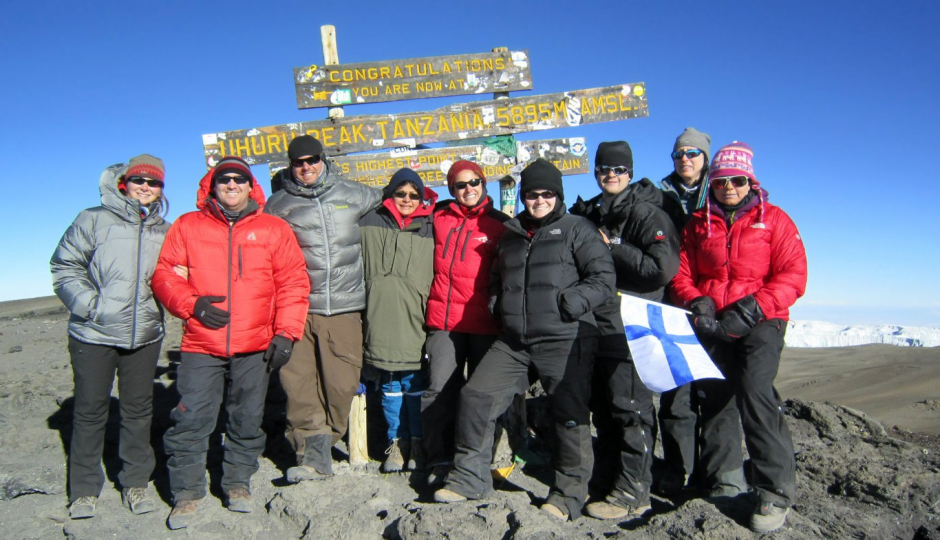
How Do I Plan a Kilimanjaro Climb?
How Much Does a Tanzania Safari Trip Cost?
Is It Worth Going on a 1-Day Tanzania Safari?
To book your adventure, simply send us an email detailing your desired experience—whether it's climbing Mount Kilimanjaro, going on a Tanzania safari, or enjoying the Zanzibar beach.
We'll promptly respond with all the information you need to finalize your plans. Plus, we offer the convenience of online payment to make the process even smoother.
View Packages